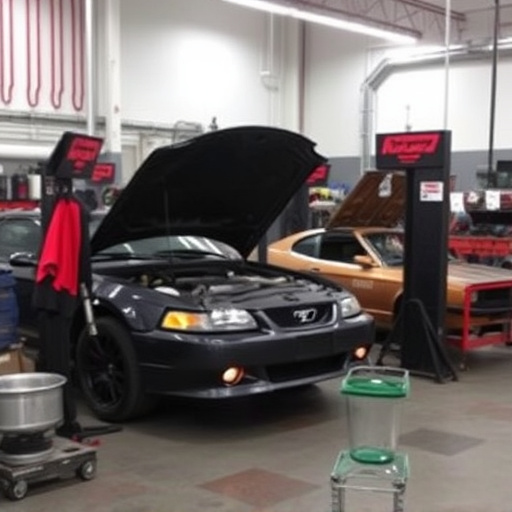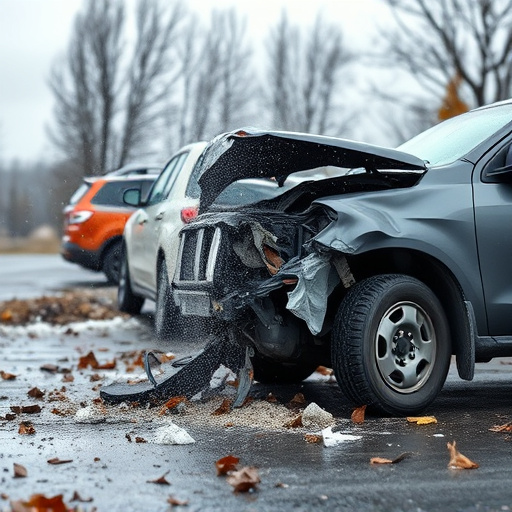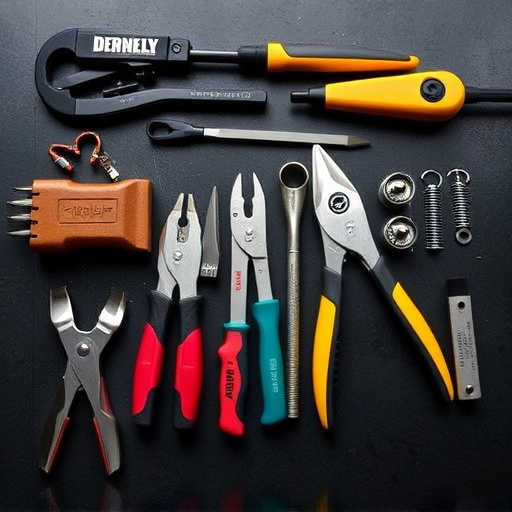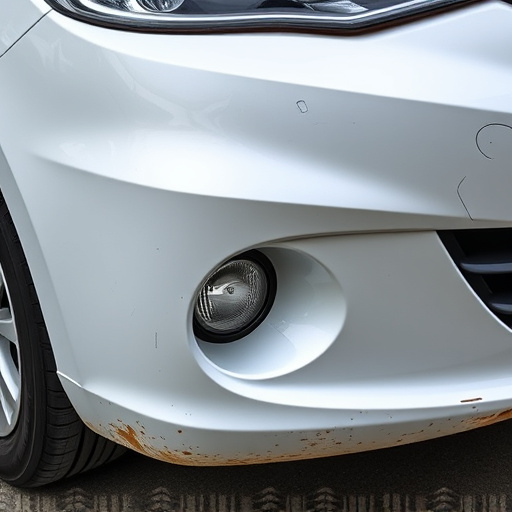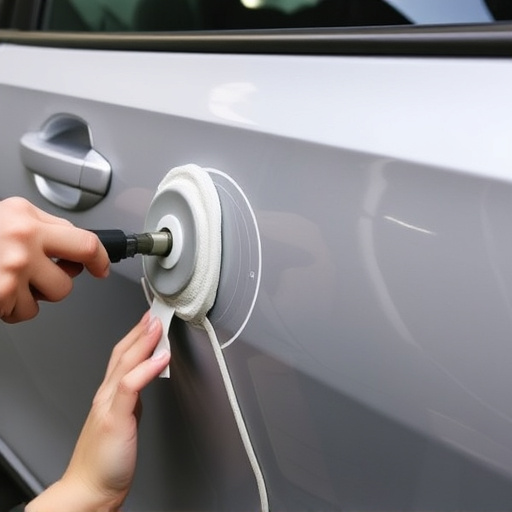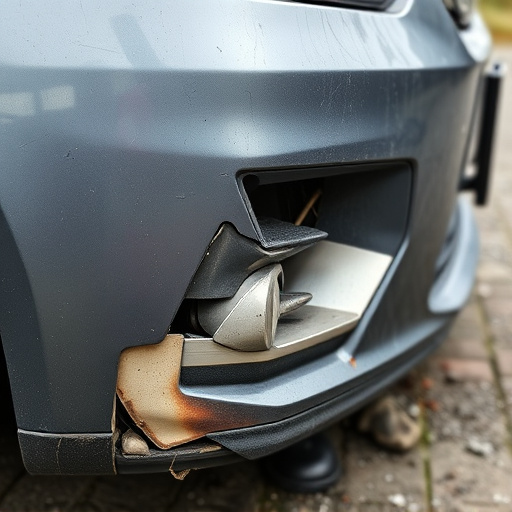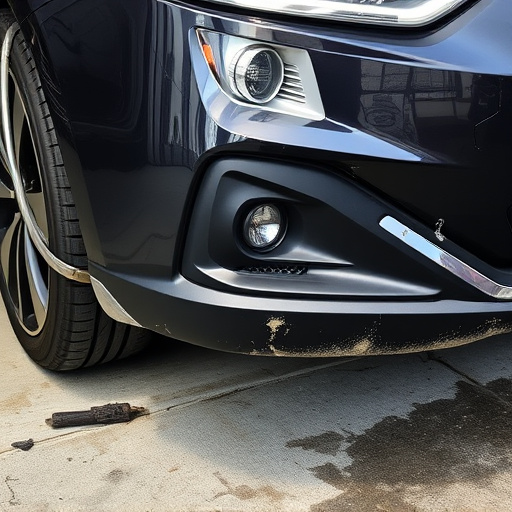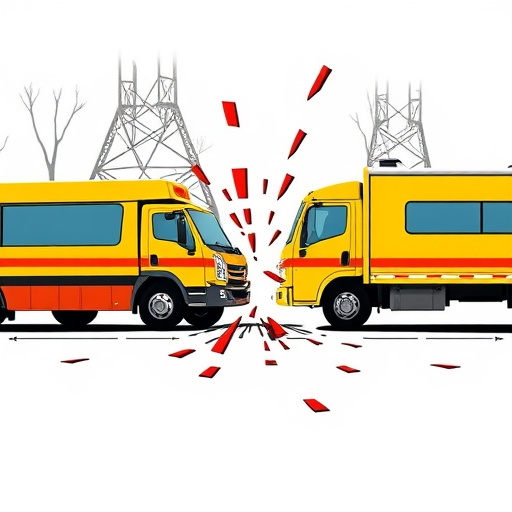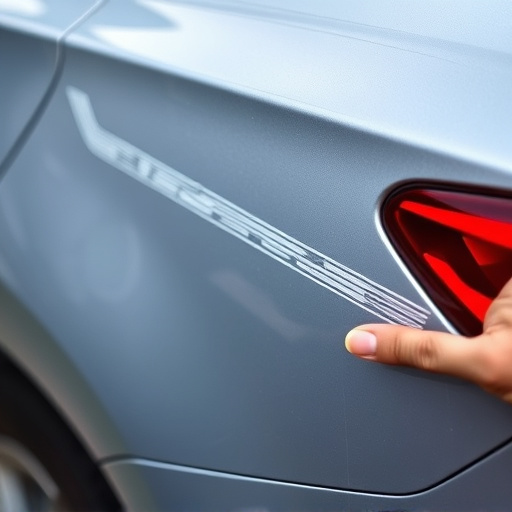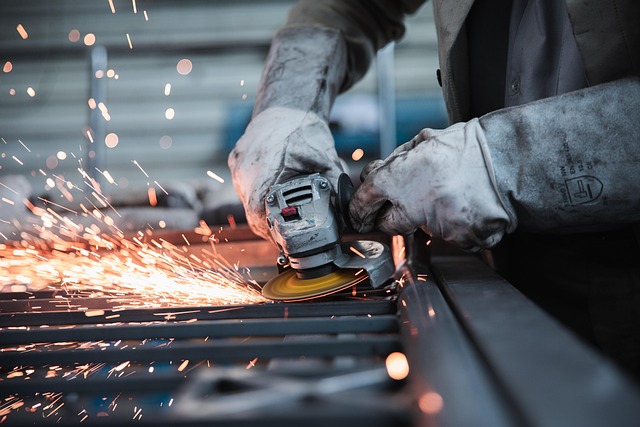After a crash, transmission inspections require technicians to visually assess gears, shafts, and bearings for damage using specialized tools. Advanced diagnostic software identifies subtle issues beyond human sight. A holistic fleet repair approach integrating transmission, tire, and collision services ensures interconnected problems are addressed, enhancing vehicle safety, reliability, and efficient return to the road.
After a crash, technicians must expertly diagnose transmission damage to ensure safe and reliable vehicle operation. This article delves into the essential steps of transmission inspection during post-accident assessments. We explore fundamental knowledge about transmissions and their complex mechanisms. Additionally, we uncover advanced visual inspection techniques and the utilization of modern diagnostic tools, empowering professionals with accurate analysis for comprehensive repair or replacement decisions. By understanding these methods, technicians can efficiently navigate the process of transmission damage assessment in accidents.
- Understanding Transmission Basics After Crash
- Visual Inspection Techniques for Damage Assessment
- Advanced Diagnostic Tools for Accurate Transmission Analysis
Understanding Transmission Basics After Crash

After a crash, understanding transmission basics is crucial for technicians conducting an effective transmission inspection accident. The transmission, responsible for transferring power from the engine to the wheels, consists of various components including gears, shafts, and bearings. During a collision, these parts can sustain damage, leading to issues like slipping, stalling, or complete failure. Technicians employ specialized tools and diagnostic software to assess the condition of each component, ensuring nothing is overlooked during the transmission inspection accident process.
Knowledgeable technicians know that a comprehensive fleet repair services approach is essential. They consider not just the transmission itself but also ancillary systems such as tire services and collision repair. By integrating these aspects into their assessment, they can identify and rectify interconnected issues more effectively. This holistic view ensures the safety and reliability of vehicles post-accident, getting them back on the road efficiently.
Visual Inspection Techniques for Damage Assessment

After a crash, technicians employ meticulous visual inspection techniques to assess transmission damage. They start by examining the exterior for visible signs like cracks, dents, or leaks in the transmission fluid, which can indicate structural integrity issues. Using specialized tools, they then inspect internal components such as gears, bearings, and seals for any wear, tear, or misalignment—even tiny fractures can compromise performance and safety.
Visual assessment is crucial in a car repair shop setting, serving as the first step before more advanced diagnostic tools are employed. This initial inspection helps pinpoint problem areas, guiding subsequent procedures like those involved in auto glass repair or car dent removal, ensuring that every aspect of the vehicle, including its transmission, is restored to optimal condition.
Advanced Diagnostic Tools for Accurate Transmission Analysis

In today’s digital era, advanced diagnostic tools have revolutionized how technicians conduct transmission inspections after accidents. These cutting-edge devices enable thorough and accurate analysis of a vehicle’s intricate transmission systems, which is crucial for identifying damage and determining the extent of repair needed. Through sophisticated algorithms and sensors, these tools can detect even subtle anomalies that might escape human detection during visual inspections alone.
Automotive restoration experts leverage these advanced diagnostic methods as part of comprehensive body shop services to ensure precise assessments. By integrating such technology into their workflow, they can enhance efficiency in transmission repairs, thereby delivering high-quality car restoration results. This not only benefits customers but also ensures the longevity and optimal performance of vehicles post-accident.
After a crash, technicians employ a multi-faceted approach to diagnose transmission damage. This includes understanding transmission fundamentals, conducting meticulous visual inspections, and utilizing advanced diagnostic tools. By combining these techniques, they can accurately assess and repair transmissions, ensuring optimal vehicle performance and safety on the road. Effective transmission inspection after accidents is key in minimizing downtime and enhancing overall driving experience.
